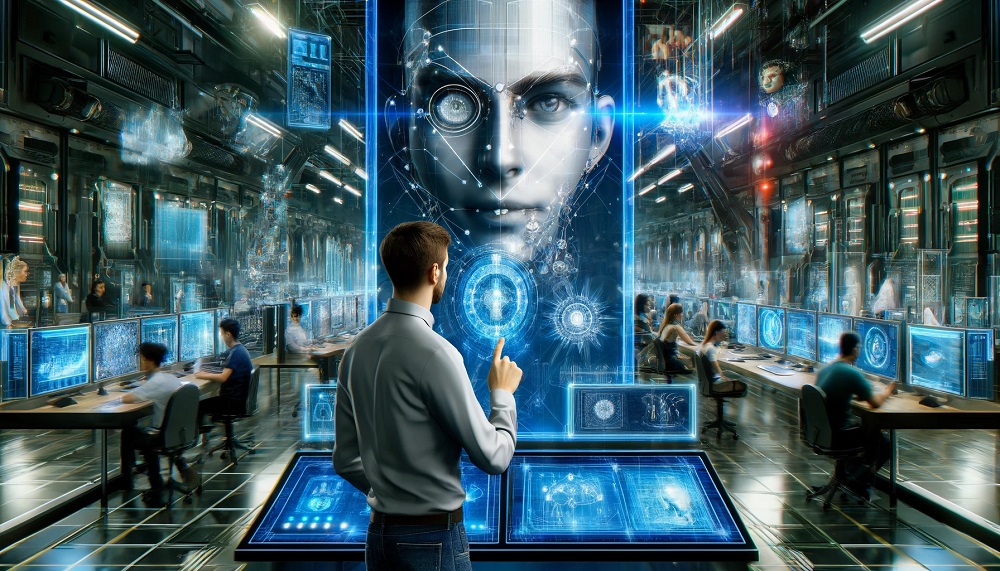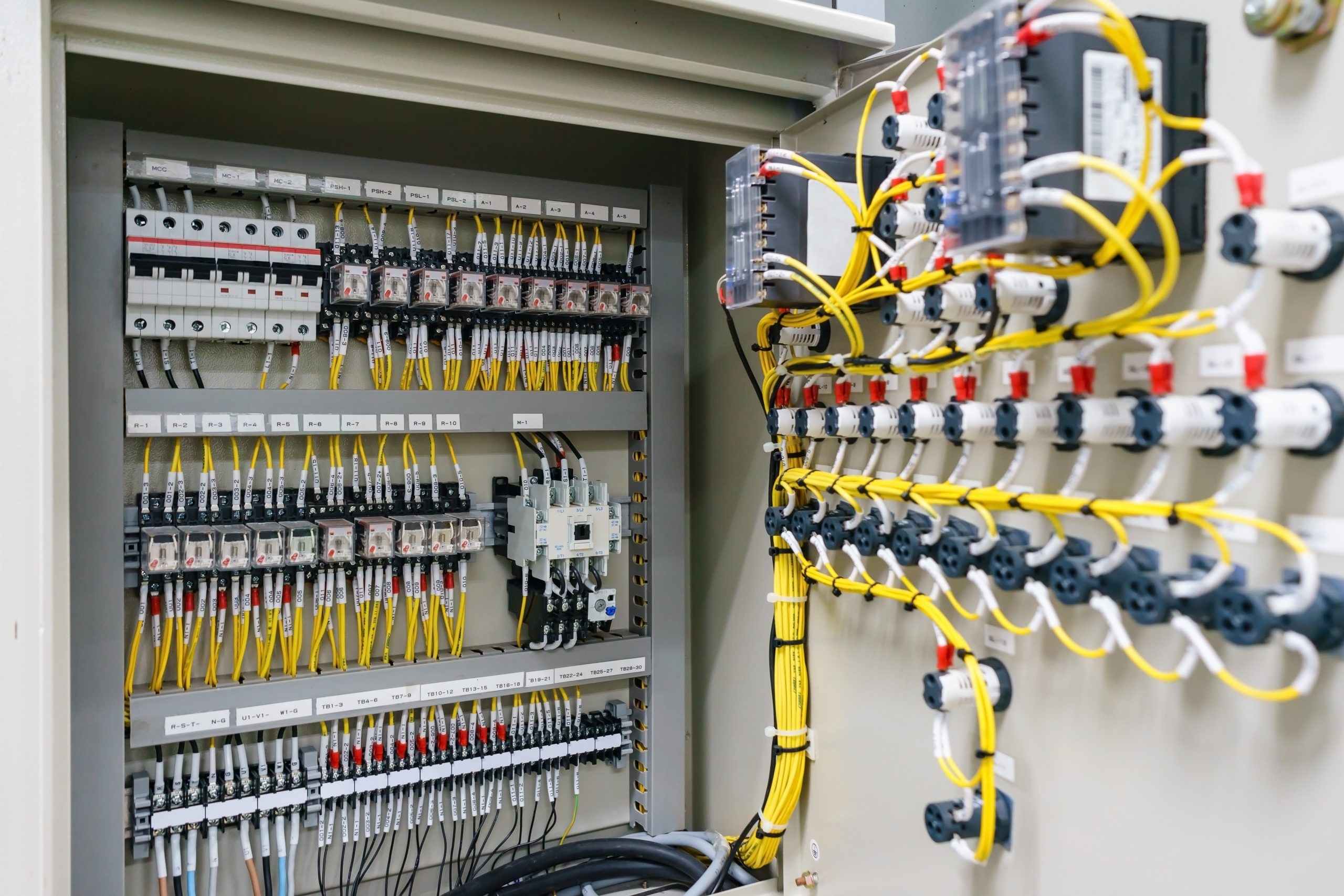In the rapidly evolving landscape of technology, Vision Artificial Intelligence stands as a groundbreaking advancement, reshaping how we interact with and interpret the world around us. This technology encompasses sophisticated algorithms and neural networks, can transform industries, enhance everyday experiences, and even revolutionize how we perceive reality.
Pioneering Applications Across Industries
Vision AI’s applications are as diverse as they are impactful. In healthcare, AI-driven imaging tools enable earlier disease detection with greater accuracy than traditional methods. For instance, AI algorithms can analyze thousands of medical images in a fraction of the time it takes for human experts to identify subtle patterns indicative of early-stage conditions.
In the realm of security, Vision AI is enhancing surveillance capabilities. Systems equipped with AI can monitor video feeds in real-time, detecting anomalies and potential threats with higher precision. This capability improves safety and reduces the burden on human personnel, allowing them to focus on critical decision-making tasks.
Retail and marketing sectors are harnessing Vision AI to create more personalized shopping experiences. By analyzing customers’ visual interactions within stores, AI can help businesses understand consumer behavior at a granular level, tailoring marketing strategies and enhancing customer satisfaction.
Revolutionizing User Interaction and Content Creation
Vision AI is also transforming the way we interact with digital content. In augmented reality (AR) and virtual reality (VR), AI algorithms create more immersive and realistic experiences. For example, Vision AI can map virtual objects onto real-world environments in real-time, creating seamless interactions that blur the boundaries between digital and physical spaces.
Content creation has seen a significant shift with the advent of AI. Graphic designers and digital artists use AI tools to generate visual content that adapts to user preferences and responses. This streamlines the creative process and opens up new avenues for personalized art and design.
Enhancing Everyday Experiences
On a more personal level, Vision AI is making everyday devices smarter and more intuitive. Smartphones, for instance, now use AI to enhance photographs automatically, recognizing scenes and adjusting settings for optimal results. Home automation systems employ Vision AI to identify residents and customize environment settings according to individual preferences.
Driving Autonomous Technologies
One of the most anticipated applications of Vision AI is in developing autonomous vehicles (AVs). By processing real-time visual data, AI systems can navigate complex environments, making split-second decisions that mimic human judgment. This technology not only promises to reduce traffic accidents but also aims to transform urban mobility, making it more sustainable and efficient.
Conclusion
The rise of Vision Artificial Intelligence is not just a technological revolution but a paradigm shift in how we view and interact with the world. As this technology advances, its potential to influence various aspects of our lives grows exponentially. From enhancing medical diagnostics to revolutionizing transportation and entertainment, Vision AI is at the forefront of the digital revolution, promising a future where artificial intelligence and human perception converge to create unprecedented possibilities. As we stand on the brink of this visual future, it is clear that Vision AI will play a pivotal role in shaping our tomorrow.








